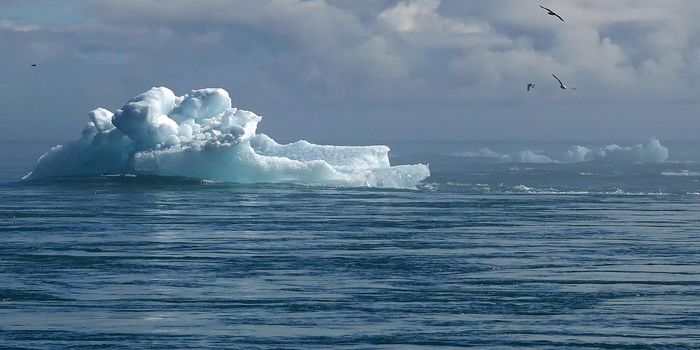New Technology Makes Predictions About Dangerous River Shifts
Since the earliest civilizations, humans have used rivers to sustain us; they have provided an essential source of food and water, and a means of relatively easy transport. However, changes in rivers can be unpredictable, significant, and dangerous. Rivers might be instantly transformed from placid ecosystems to powerful torrents that can sweep away entire villages or towns, and these raging or avulsing rivers can rip open new waterways on floodplains. Scientists have now learned more about how to predict river avulsion, when a waterway may rapidly and dramatically alter course. This phenomenon has had impacts on civilization throughout history and continues to threaten millions today. This study, which was reported in Nature, may help avert some of the catastrophes caused by river avulsion.
River avulsions happen when the water gets higher than the land around it, often because of a buildup of sediment. The river can spill over and carve a new path through the surrounding land. This can cause major flooding, because that land is usually not suited for the sudden flow of huge amounts of water.
In this study, the investigators used satellite technology to map the features of landscapes that can make avulsions more likely to occur. This was a challenging effort, because rivers are usually surrounded by a lot of dense growth, noted corresponding study author James "Jake" Gearon, a graduate candidate in the Department of Earth and Atmospheric Sciences at Indiana University (IU) Bloomington.
In this study, the investigators assessed satellite and topographic data from 174 instances of river avulsions. The researchers used LiDAR, a relatively novel technology that can measure topography, and penetrates vegetation to collect very accurate data.
Avulsions were shown to be more common around mountain ranges or coastal areas, where a lot of sediment accumulates, compared to the middle portions of rivers. Two theories were tested: the river either became too high compared to the floodplain around it, or one of its sides was steeper and created a better path.
"We can now actually test these two 80-year-old ideas with the topography data we have collected from space, and we were surprised to find that both factors work together and play different roles depending on the river's location," said senior study author Professor Douglas Edmonds of IU.
Avulsion corridors, or potential paths of rivers if they change course, were also mapped. These maps can help officials plan for such events. Since avulsions are also not usually taken into account in flood hazard assessments, this research may help make people more aware of the possibilities.
"Avulsions which are possibly the inspirations for ancient flood myths, have created the largest floods in human history, and continue to threaten millions of people today," said Edmonds. "As climate change alters global water cycles and human expansion into flood-prone areas increases, understanding and predicting avulsions has never been more critical."
When the Kosi River avulsed in Northern India in 2008, for example, hundreds died and 30 million residents were impacted by more than one billion dollars in damage. Now, this study will help scientists make better predictions.
Sources: Indiana University, Nature









